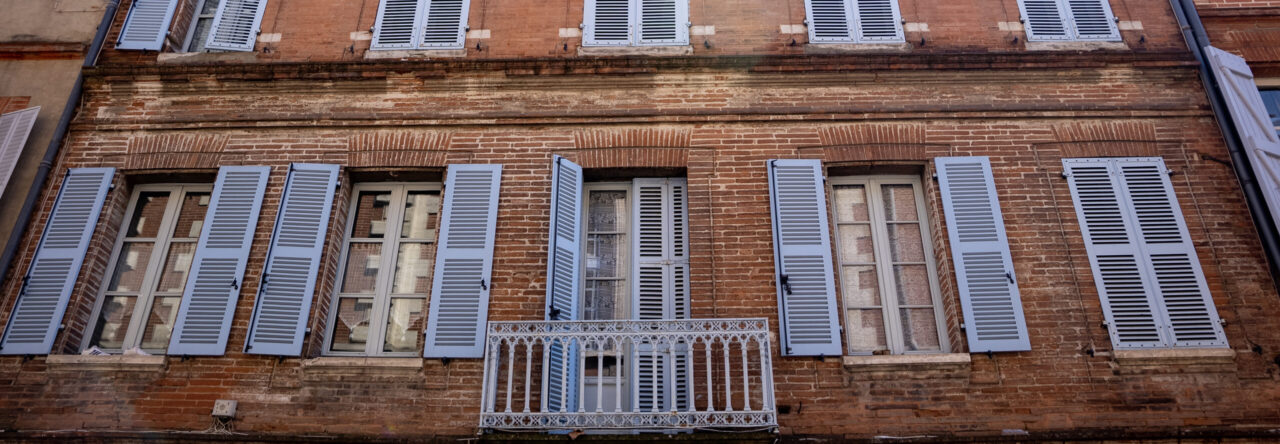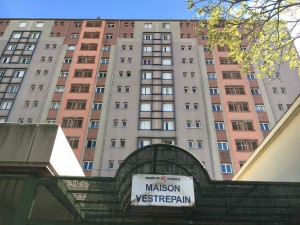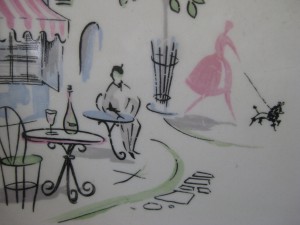– Ethan Farber
Welcome, American traveler! You’ve arrived in Toulouse, France, the fourth-largest city on French soil by population and an important cultural and commercial pole in the southwest of the country. Here’s a map to get yourself situated.
Like any settlement large enough, there’s plenty to see and plenty more to do in this wonderful city. The trick is finding your way around town, and that can be tough if you have never been to Toulouse before. You have probably brought along a book or two full of tips on what to do, where to go, what to eat, and what to see in the city. I certainly did.
Knowing what there is to see is only one part of the equation, though. The other part is getting there. Toulouse offers a wide range of public transportation services: there are buses, metro lines, a tram way, taxi cabs, and shuttles. It’s really quite easy to get from Point A to Point B.
The point of this article, however, is not to advise you to simply avail yourself of Toulouse’s public transportation system. You’re going to be here for the next few months, American traveler, and you’ll undoubtedly ride the metro and the bus many a time. Instead, I want to introduce to you a different way of making your way around the city. Consider the follow photo.
What a lovely scene full of serenity—hold on a tic. What’s that? ENHANCE.
ENHANCE
Is it a bird? A plane? No, it’s a bike. A bike, I say! What’s so special about a bike, you reply. Nothing inherently. It’s just that the French, and indeed Europeans in general, love bikes. While out and about in Toulouse, hardly a minute passes without several Toulousains whizzing by on a bike. It’s really quite a shift from my experiences growing up in the suburbs of St. Louis. On reflection, one can understand why riding a bike is so popular in a city like Toulouse. Although Toulouse is the fourth-largest city in France, the center of the city is not particularly large, and the time spent walking to the nearest bus stop and waiting for the next bus could very well be enough to bike to one’s destination. Moreover, it is exceptionally easy to ride a bike around Toulouse: most roads have a lane reserved for bikes, and there is even a public service that makes bikes available. It’s called Velo Toulouse, and the service consists of hundreds of bike depots set up throughout the city that you can rent whenever you want.
A similar service exists in other French cities, including Paris. In my opinion, the existence of Velo Toulouse should be seen as a symptom of a cultural attitude toward transportation and time. The French, and perhaps Toulousains in particular, have a more supple conception of timeliness than one often experiences in the States. It’s no coincidence that there exists a “Toulousain quarter-hour,” referring to the extra 15 minutes that one often has to expect when dealing with anything from concerts to leaving for school in the morning. As my host and other denizens of Toulouse have corroborated, this relaxed attitude toward time is characteristic of the south of France, where the people enjoy taking their time and appreciating their surroundings.
My host in particular made the point of contrasting this with what she perceives as the American inclination toward optimizing one’s time so as to be as productive as possible. While neither of us pretend to have a firm grasp on the subtle differences between the psyches of different cultures, I think at the very least that this raises an important point that I want to convey to you, American traveler.
Ride a bike during your time here. Once every week or two should suffice. Don’t think of the metro and the bus as the only ways of getting around in Toulouse, because neither one gives you a good handle on the physical layout of the city, and neither one encourages you to pay attention to your surroundings.
Remember to take your time while you’re here. Try to enjoy travelling throughout the city. Take the side streets and the alleyways every now and again. Only then will you begin to truly feel like you’re getting to know Toulouse. You’re spending a semester abroad in order to travel and learn and explore. So explore a bit, I implore you.
You never know what wonderful scene you might come across.















